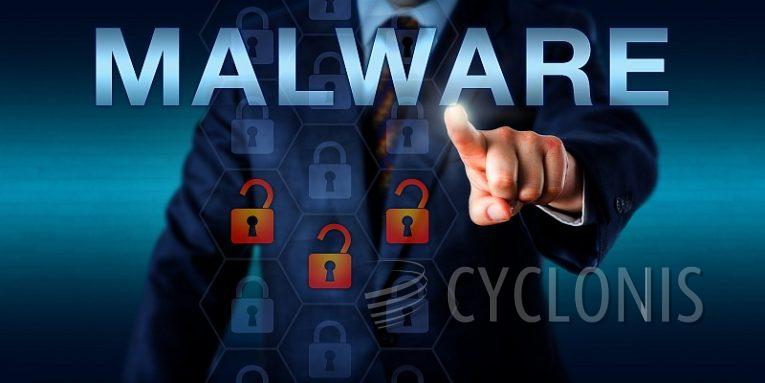Cerobgar Malware - What Exactly Is It?

Cerobgar is the handle and designated name given to a heuristic detection that can signify the presence of a Trojan horse on the system.
However, due to Cerobgar being a heuristic handle, it can be attached to a number of potentially malicious pieces of software and it's impossible to tell which one the system scanner picked up.
What Are Heuristic Detections in Anti-Malware Software?
Heuristic detections in anti-malware software are a proactive method of identifying potential threats based on behavioral patterns and characteristics, rather than relying solely on known signatures of specific malware. Unlike traditional signature-based detection that matches files to a database of known malware signatures, heuristic analysis aims to detect new and previously unseen threats.
Here's how heuristic detections work:
- Behavioral Analysis: Heuristic detection involves observing the behavior of files or programs to identify suspicious actions. It looks for activities that are typical of malware, such as attempts to modify critical system settings, access sensitive data, or replicate itself.
- Code Analysis: The anti-malware software examines the code of a file to identify potentially harmful instructions or functions that are commonly associated with malware.
- Emulation and Sandbox Testing: In some cases, the anti-malware software may use emulation or sandboxing techniques. This means the file is executed in a controlled environment to observe its behavior without allowing it to affect the actual system. If the file exhibits malicious behavior, it is flagged as a potential threat.
- Pattern Recognition: Heuristic analysis looks for patterns and characteristics that are often found in malware. These patterns may include specific API calls, obfuscated code, or suspicious file attributes.
- Risk Assessment: Heuristic detections assign a risk score to files based on their behavior and characteristics. If a file scores above a certain threshold, it is flagged as potentially malicious.
- Real-Time Protection: Heuristic analysis is often used in real-time protection, where the anti-malware software monitors files and processes as they are accessed or executed on the system. This proactive approach helps identify and block threats before they can cause harm.
Heuristic detections are valuable in identifying new and emerging threats, zero-day vulnerabilities, and polymorphic malware (malware that constantly changes its code to evade traditional signature-based detection). However, since heuristic analysis is based on behavioral patterns, there is a possibility of false positives, where legitimate files are incorrectly identified as malware.
To strike a balance between detection accuracy and false positives, modern anti-malware solutions often combine heuristic analysis with other techniques, including signature-based detection, machine learning, and cloud-based threat intelligence to provide robust protection against a wide range of malware threats.








